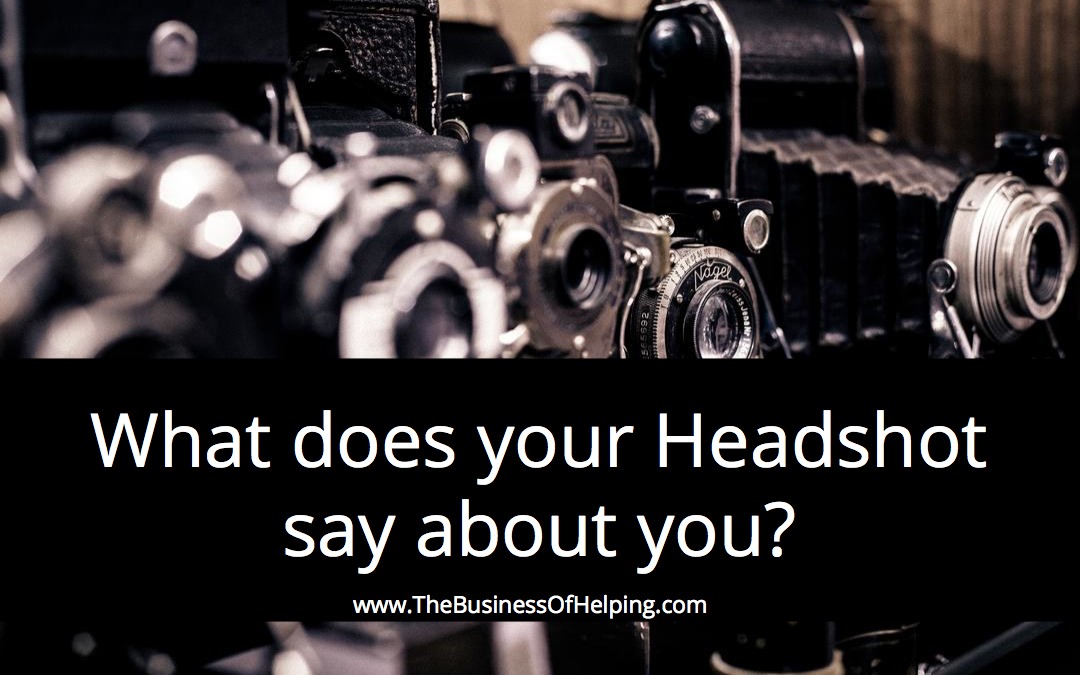If a picture is worth a thousand words, what does your headshot say about you?
Does it say you are a trusted professional, or does it say “this was me at a BBQ?” A professional looking headshot can be the difference between a person picking up the phone to call you, or moving on to the next person on the list.
With one look at your photo, clients often decide if they can trust you, if they feel like you can understand them, or in some cases, if they even like you. Too often professionals don’t consider the image they portray in their photos, and it can cost them clients without even realizing it.
In order to make sure your headshot is delivering the message you want it to, here are three questions to consider before getting your headshot done:
1) Who is your client / audience?
Always, always, always consider your target audience when getting headshots taken. Does the photo make sense for the people you work with and the work that you do? For example, if you work primarily with artistic types, a traditional corporate style headshot may not resonate with your ideal client. If you work with CEO’s of Fortune 500 companies, the same more traditional headshot may be exactly what they are looking for. Remember the purpose of a headshot is to build a connection with potential clients; so don’t forget about them when you are deciding on the look of your photo.
2) What message are you trying to convey?
Your photo is talking to people on many different levels so consider your personal brand when setting up your shots. Are you earthy and spiritual? Are you quirky and edgy? Are you classic and traditional? Your photo should be an accurate representation of who you really are. Think of your headshot as the best and shiniest version of yourself, not you just playing a role. If you wouldn’t be caught dead in a suit, don’t wear one in your headshot. And it’s not just about your clothes. Consider your hairstyle, if applicable jewelry and makeup, pose, background; everything you see in the picture. All aspects of the photo should be in alignment with your brand, and who you really are. Your headshot helps people get a sense of you, so they can then decide if you’re what they’re looking for. Represent yourself with that in mind. If you are drastically different in-person versus the way you present yourself in your headshots, clients may feel tricked, or worse yet, your ideal client might pass you by thinking you weren’t a fit for them.
3) What do you need the photos for?
Consider if one photo is going to be enough to suit your purposes. You may need different photos for different purposes – eg, headshots vs full body shots, vs banner photos (for your website). If you are planning on only getting one photo taken, try to make sure it is as versatile as possible. You will probably find yourself using it in print and in digital format. These may include your website, on posters or brochures, in a bio for an upcoming event. Think about how you will use the picture when deciding what photos you need.
Your headshot can vastly help or hinder you in your private practice. Don’t let it be a last minute add-on. Put some thought into how you are representing yourself visually, and let your photos speak directly to your clientele.
With a bit of planning, your headshot will help build a connection and resonate with your ideal clients, and get your phone ringing at the same time.

Trackbacks/Pingbacks